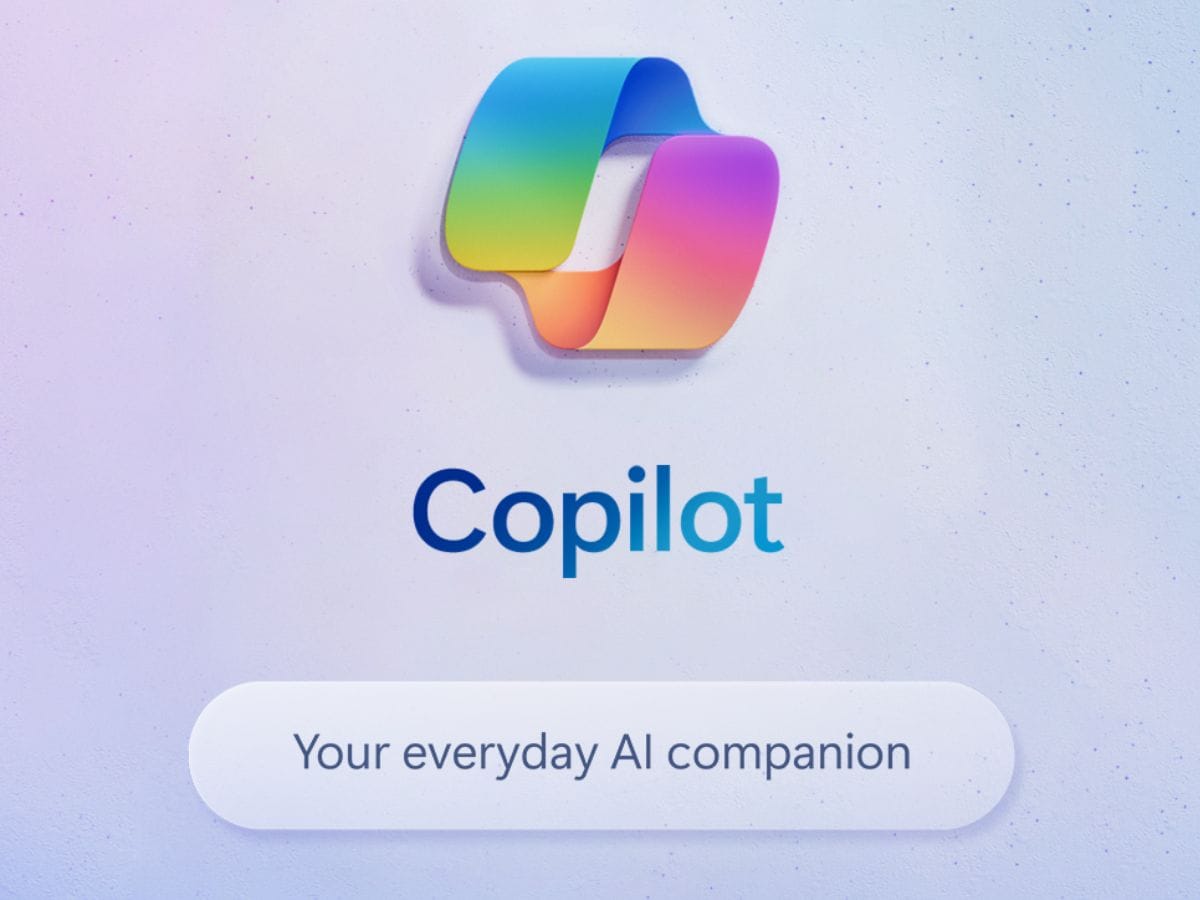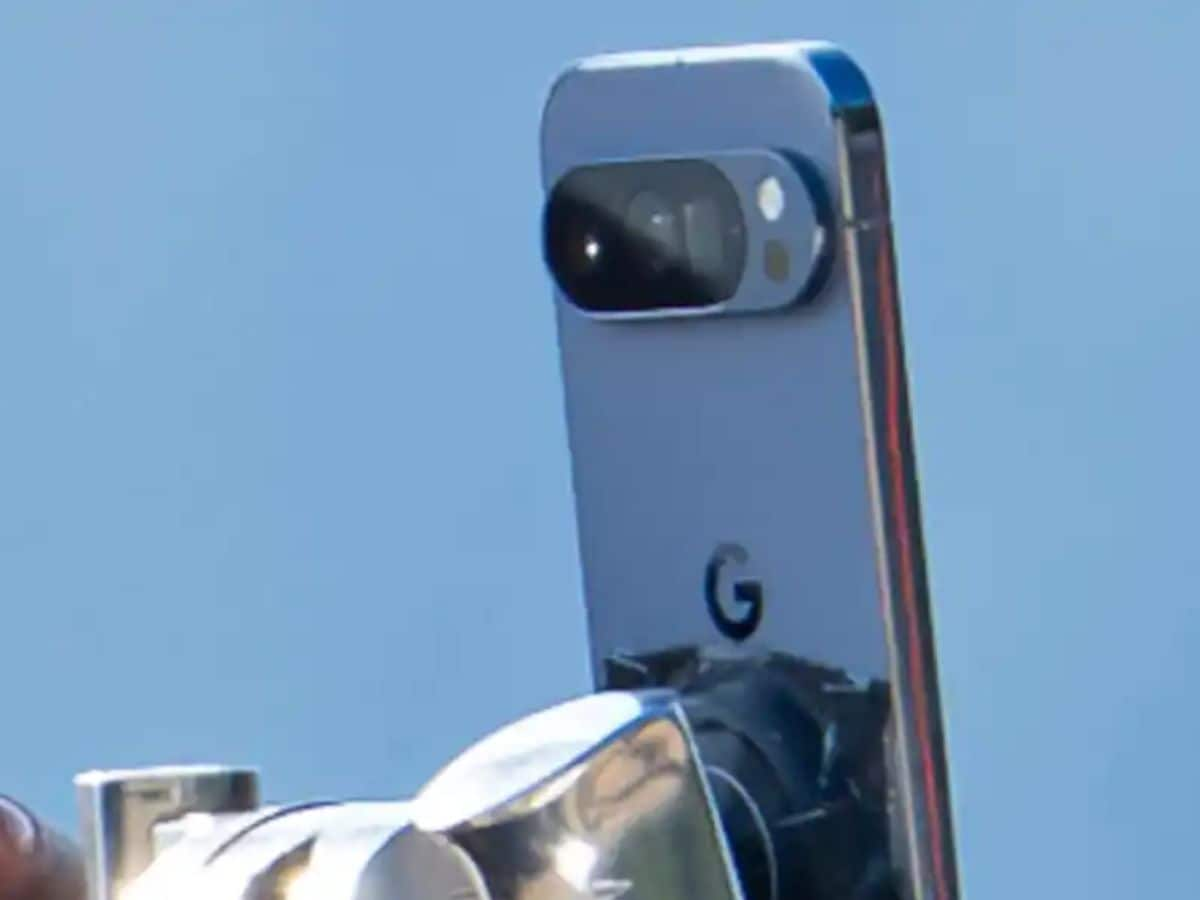Microsoft is now taking automation to a whole new level with its latest Copilot Studio feature called Computer Use. As part of an early access research preview, this new feature lets Copilot agents interact with websites and desktop apps just like a person would. It can click buttons, type into forms, and choose from dropdown menus, all without needing any backend API connections.
The main use case is to implement this AI to handle automation tasks, making the process more efficient. This means that simple tasks like filling out forms, navigating legacy apps, or scraping data from websites can now be done entirely through the screen without human intervention, streamlining the workflow.
The biggest advantage of this new feature is that the Copilot AI agent can adapt to changes in web pages or app interfaces. Even if the layout shifts or buttons move, the AI can still function smoothly, solving one of the major issues with traditional automation tools like RPA, which often break with even minor UI updates. The best part is that it all runs through Microsoft’s cloud, ensuring better security and eliminating the need for companies to invest in additional infrastructure or cover extra costs.
This feature opens up plenty of practical use cases for businesses. Copilot agents could handle automated data entry, pulling information from multiple sources and feed it into the internal systems without any manual copying and pasting. It can also assist in market research by collecting data from websites for analysis. Another major benefit could be in invoice processing, where instead of someone manually putting in information, the AI can extract and input all the necessary details directly from digital invoices.
This feature really makes Copilot feel more like a helpful teammate, capable of handling all the routine, repetitive tasks so that people can focus on the bigger, more meaningful work that actually needs their attention and expertise.
Get latest Tech and Auto news from Techlusive on our WhatsApp Channel, Facebook, X (Twitter), Instagram and YouTube.











